Sponsored Links
CityFibre UK Attempts to Debunk Copper Based Superfast Broadband with Science
Posted: 21st Dec, 2011 By: MarkJ

 CityFibre Holdings, which specialises in the rollout of ultrafast fibre optic broadband ( FTTH , FTTP etc. ) infrastructure, has used a spot of basic science to remind people of why existing copper based DSL broadband services might not be the best choice for future investment.
CityFibre Holdings, which specialises in the rollout of ultrafast fibre optic broadband ( FTTH , FTTP etc. ) infrastructure, has used a spot of basic science to remind people of why existing copper based DSL broadband services might not be the best choice for future investment.It's widely known that DSL (up to 24Mbps ADSL2+ etc.) solutions are notoriously unreliable and frequently deliver performance that is significantly less than advertised; often through no fault of the ISP. One of the biggest reasons for this, as we've said many times before, is to do with copper line length.
Neil Fairbrother, CityFibre Product Marketing Manager, said:
"There is another law that pertains to network bandwidth. Nielsen’s law states that network connection speeds for home users increases 50% per year, which equates to a doubling every 21 months, just shy of two years.
I’m not so sure this law holds true. The most common network technology used to connect users to the internet is good old fashioned copper wire. The use of copper wire means that Nielsen’s law can’t be true for most users.
Copper wire is an excellent conductor of electricity but it also has electrical resistance. Ohm’s law is used to calculate the amount of resistance any given material has and from my hazy memory of school physics, 1m of copper has a resistance of 1Ohm.
I also recall that the longer any given conductor is, the higher the resistance it has and that the smaller its area, the higher resistance it has. Copper wires as used to deliver broadband services tend to be very long and very thin, and while these were fine for delivering low bandwidth (or low frequency) analog voice, they are less well suited to deliver high speed (or high frequency) bandwidth."
"There is another law that pertains to network bandwidth. Nielsen’s law states that network connection speeds for home users increases 50% per year, which equates to a doubling every 21 months, just shy of two years.
I’m not so sure this law holds true. The most common network technology used to connect users to the internet is good old fashioned copper wire. The use of copper wire means that Nielsen’s law can’t be true for most users.
Copper wire is an excellent conductor of electricity but it also has electrical resistance. Ohm’s law is used to calculate the amount of resistance any given material has and from my hazy memory of school physics, 1m of copper has a resistance of 1Ohm.
I also recall that the longer any given conductor is, the higher the resistance it has and that the smaller its area, the higher resistance it has. Copper wires as used to deliver broadband services tend to be very long and very thin, and while these were fine for delivering low bandwidth (or low frequency) analog voice, they are less well suited to deliver high speed (or high frequency) bandwidth."
None of this is new and many of our readers will already be aware that ADSL and ADSL2+ services hit problems on lines longer than 6.5km (extremely slow or generally unreliable). Rural areas will naturally experience this more than urban ones as people in such locations usually reside further away from their local telephone exchange.
Crucially CityFibre's comments come at a time when both BT and the UK government are attempting to plough new money into existing copper based infrastructure, which Fairbrother believes should carry the tag of "caveat emptor" (i.e. let the buyer beware).
Neil Fairbrother adds:
"This propensity to lose speeds over distance is known as Loop Attenuation that is caused by a combination of factors including Ohms law and frequency interference known as “cross talk”. This is why copper-based broadband services are often marketed with “up to” speeds rather than specific speeds, because the service provider cannot with any degree of certainty tell you what the actual speed will be."
"This propensity to lose speeds over distance is known as Loop Attenuation that is caused by a combination of factors including Ohms law and frequency interference known as “cross talk”. This is why copper-based broadband services are often marketed with “up to” speeds rather than specific speeds, because the service provider cannot with any degree of certainty tell you what the actual speed will be."
Fairbrother goes on to note that "high speed VDSL2 doesn’t go as far as low speed ADSL", which marks a stealthy criticism of BT's Fibre-to-the-Cabinet ( FTTC ) based 'up to' 40Mbps superfast broadband services. Contrary to some advertisements, FTTC only uses fibre optic cable so far as your local street cabinet and VDSL2 then delivers the "last mile" connection over an existing copper line to your home.
It goes without saying that CityFibre has a vested interest in plugging the almost unquestionable merits of fibre optic lines versus copper based ones and he's not wrong to do so. The comments are also accompanied by a rather blurry graph (here).
Naturally BT might disagree with CityFibre and could point to the lower costs of deployment (they already have a vast copper network in the ground) for FTTC and the fact that its top speeds will rise to 80Mbps next year and 100Mbps after that. Others might well argue that this simply isn't future proof and more investment could be needed to 'fix' it later on.
The graph used by CityFibre also lists VDSL2 reach but it's unclear whether or not this has been measured from the telephone exchange (most likely) or street cabinet (as used in FTTC). Cabinets reside closer to homes and thus the actual reach would be further than if measured from your exchange.
According to Alcatel-Lucent, a global telecommunications firm, FTTC technology should theoretically be able to deliver speeds of 20Mbps at a distance of about 1000m and 40Mbps at 400m (from the cabinet). A future enhancement called Vectoring, which helps to cut out some of the interference (cross talk), will also be able to deliver speeds of 100Mbps at 400m (details). It remains to be seen if this holds up in the real world.
Search ISP News
Search ISP Listings
Search ISP Reviews
Latest UK ISP News
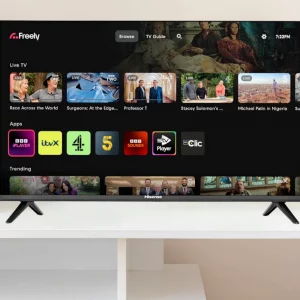
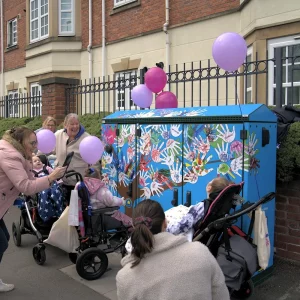
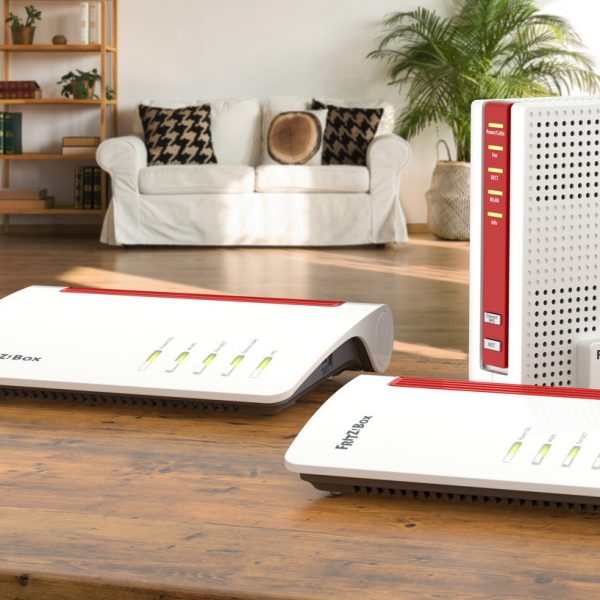
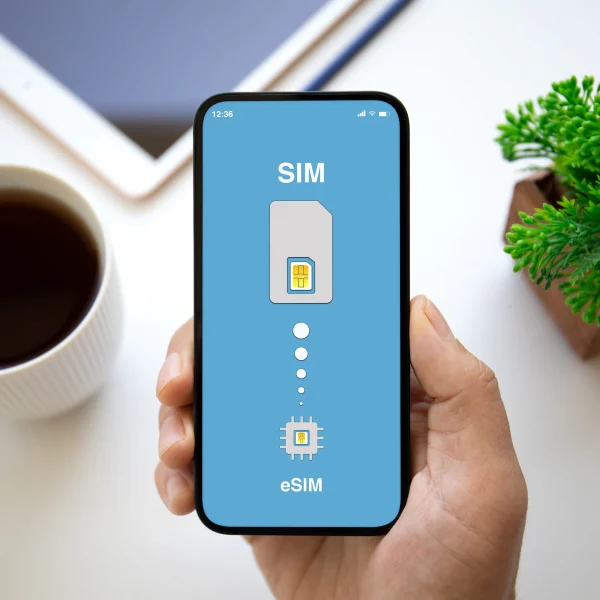



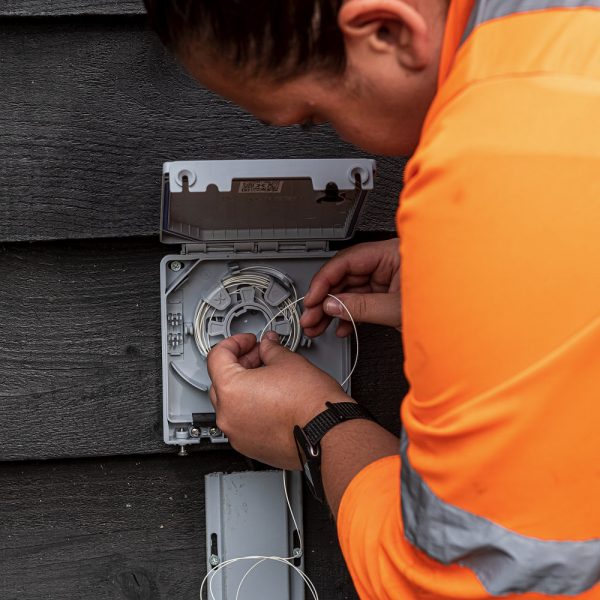
Cheap BIG ISPs for 100Mbps+
150,000+ Customers | View More ISPs
Cheapest ISPs for 100Mbps+
Modest Availability | View More ISPs
Latest UK ISP News
Helpful ISP Guides and Tips
Sponsored Links
The Top 15 Category Tags
- FTTP (5540)
- BT (3518)
- Politics (2543)
- Openreach (2300)
- Business (2268)
- Building Digital UK (2248)
- FTTC (2045)
- Mobile Broadband (1979)
- Statistics (1790)
- 4G (1670)
- Virgin Media (1625)
- Ofcom Regulation (1467)
- Fibre Optic (1396)
- Wireless Internet (1393)
- FTTH (1382)
Sponsored
Copyright © 1999 to Present - ISPreview.co.uk - All Rights Reserved - Terms , Privacy and Cookie Policy , Links , Website Rules






























